The month has been wet and cold, every week seems to be a combination of a few sunny often warm days, followed be several days of wet, sometimes intense rain days, with a couple small episodes of snowfall, but nothing lasting more than a day or so.
The roof has held up fairly well in it’s temporary configuration, and there will likely be no changes made till summer, although occasionally the wind rattles the metal sheets and I cross my fingers .
The increased solar panels and battery bank size have weathered the many days in a row at times with no real trouble. I do treat the sunny days with an extra bit of personal energy to take care of the things that draw the most electricity. Charging my tool batteries, washing clothes, etc, and though they don’t take great amounts of energy or time, remembering to do them in a timely manner can be a challenge, since sunny days I’m more likely to be outside as well.
I discovered this past weekend that my charge controller is not a true MPPT one. This means the 36 volt current coming from the solar panels has largely been wasted, and although I had been planning to buy a new small AC refrigerator to replace the propane one, I decided to scrap that idea and started looking for DC refrigerators in an effort to save money and conserve energy.
Which is the next project, although it will likely be a slow paced one. It will involve getting a new dc compressor charged with the new world standard refrigerant. Isobutane and isopropane. I finally found a somewhat obscure document last night documenting test results from an experiment that replaced freon R134a in a conventional fridge with R600a . It will require a new compressor, and I will try and find a shop to do that for me,(as soon as I find a suitable refrigerator body for my new frankenstein monster refrigerator.
While new dc high efficiency fridges cost upwards of 1200$, the one I plan to put together should cost around 400. It will require about 30% less electricity than an ac refrigerator which requires an inverter, and there should also be some efficiency gains with the new coolant.
After writing the last couple paragraphs I got a new charge controller in the mail, wonderful, it is multiplying amperage just like it’s supposed to, and has a couple of other features I will be exploring, but that is one part of the energy solution here.
The ponds got some more attention over the last few days of the month, everything from chipping up brush piles and general cleanup of the surrounding areas.
On the keeping machinery functional side of things I was able to start and run both chippers and that will help keep gas fresh and carburetors clean.
As a final act with the backhoe in February I dug up the rosa rugosa in the garden, it develops a net of roots underground, and I’m very curious to find out how sensitive it may be to being separated and transplanted. I have about half of the clump still in a big ball of earth just in case the individual transplants don’t survive with the minimal care I’ve given them.
The DSR stove has been performing better since I installed the steel fittings at the hot water exit from the tank. It is easy to take a temperature reading there to monitor the heat of the tank, but the location of the fitting on the side of the tank makes the system a bit awkward in use, and normal operation heating unpressurized water wastes a fair amount of water , and I plan to only use tanks from now on with a hot water fitting on the top of the tank.
The Koi are doing quite well, I feed several times a day, and wait for them to come to the top of the tank before I start dropping in food, and, when they all go back to the bottom of the tank I stop feeding. This means there isn’t extra food floating around, and they are slowly losing their fear of me.
I have a plan to enlarge the kitchen garden pond into a much larger koi pond, but probably in the short term I will reinforce the repairs on one of the smaller preformed plastic ponds and use it for the first part of the summer while their main pond is taking shape. I plan to buy a regular pond liner and really make an attempt to keep the water clear, possibly even have it deep enough to swim in.
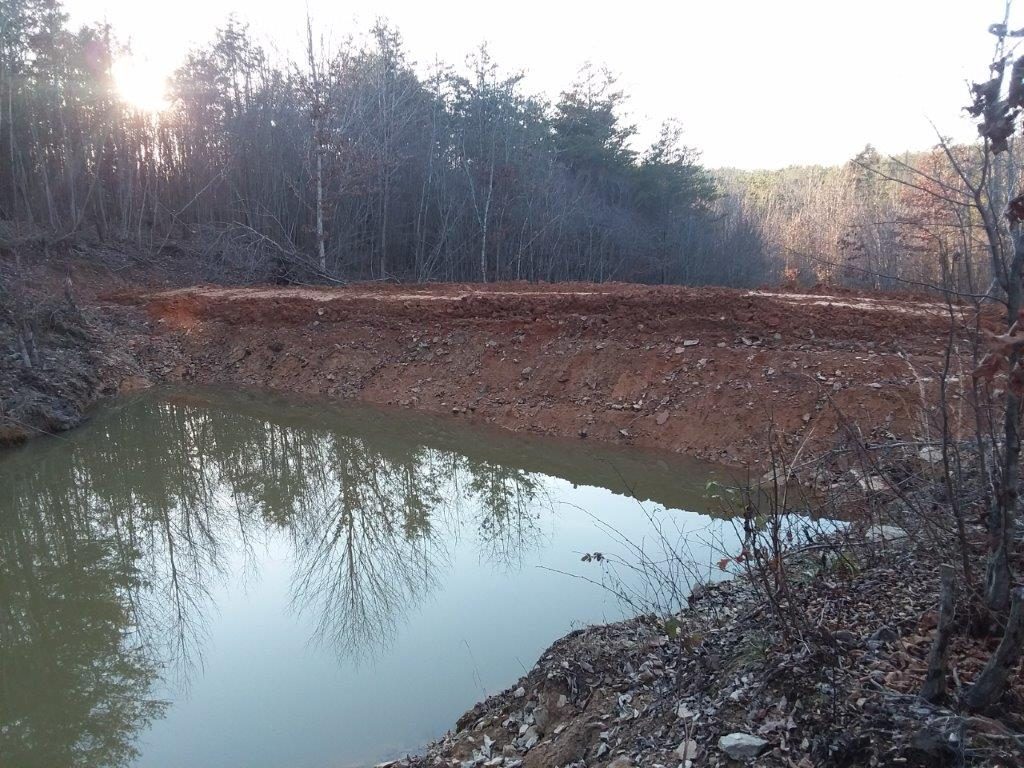
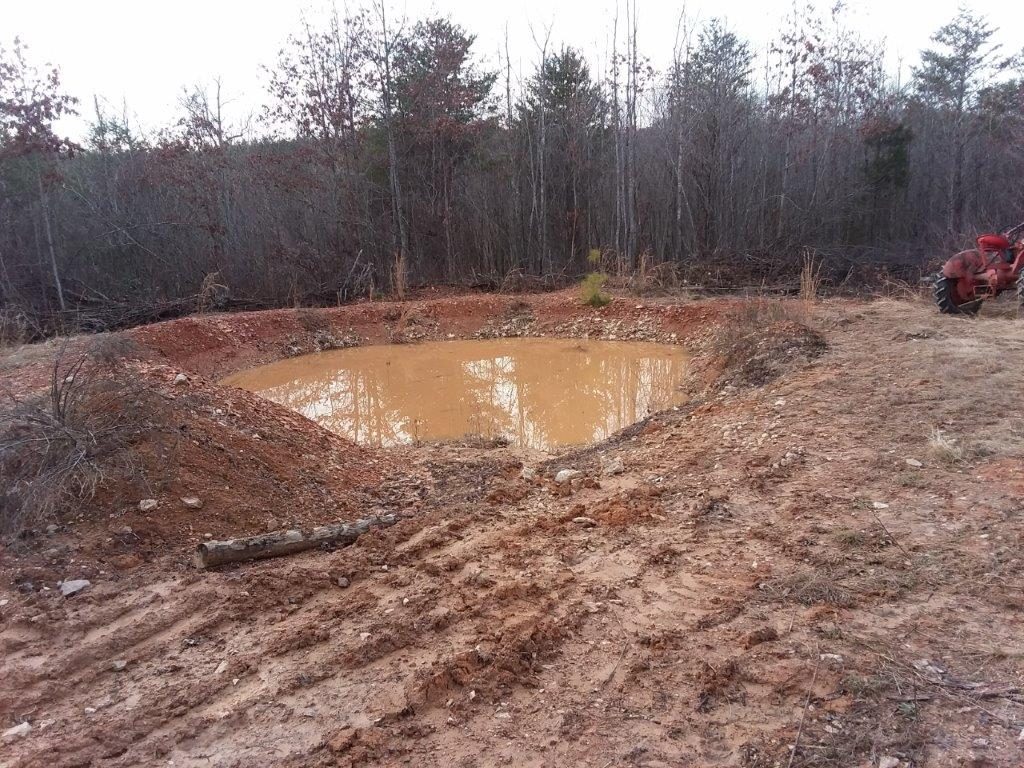
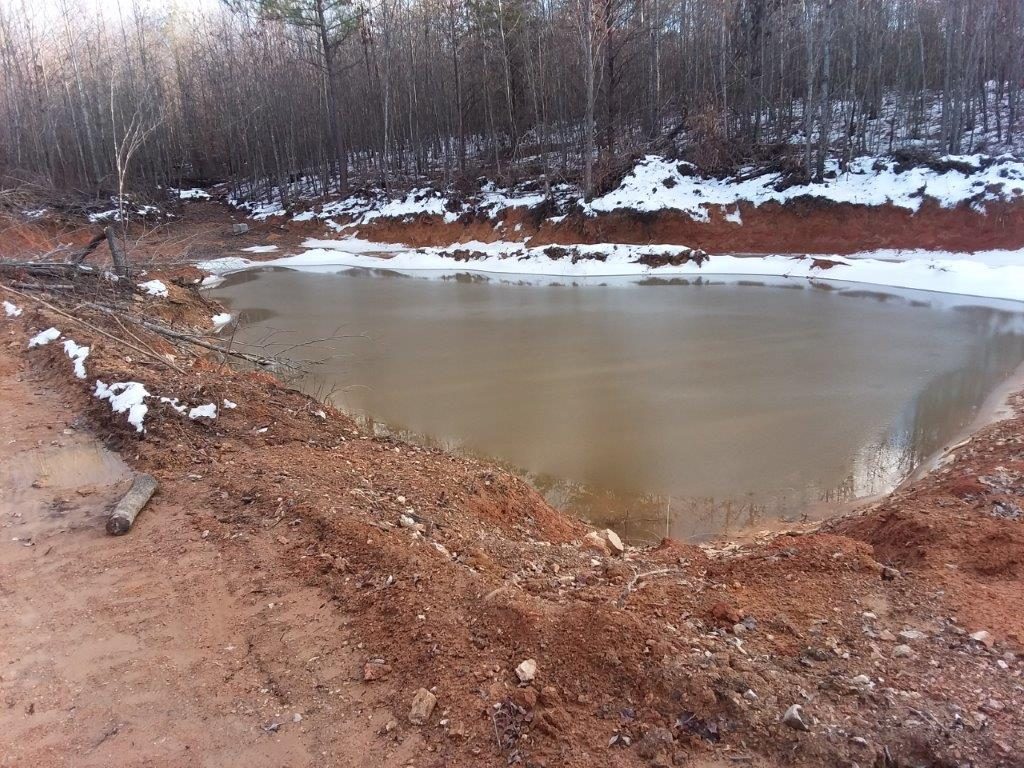
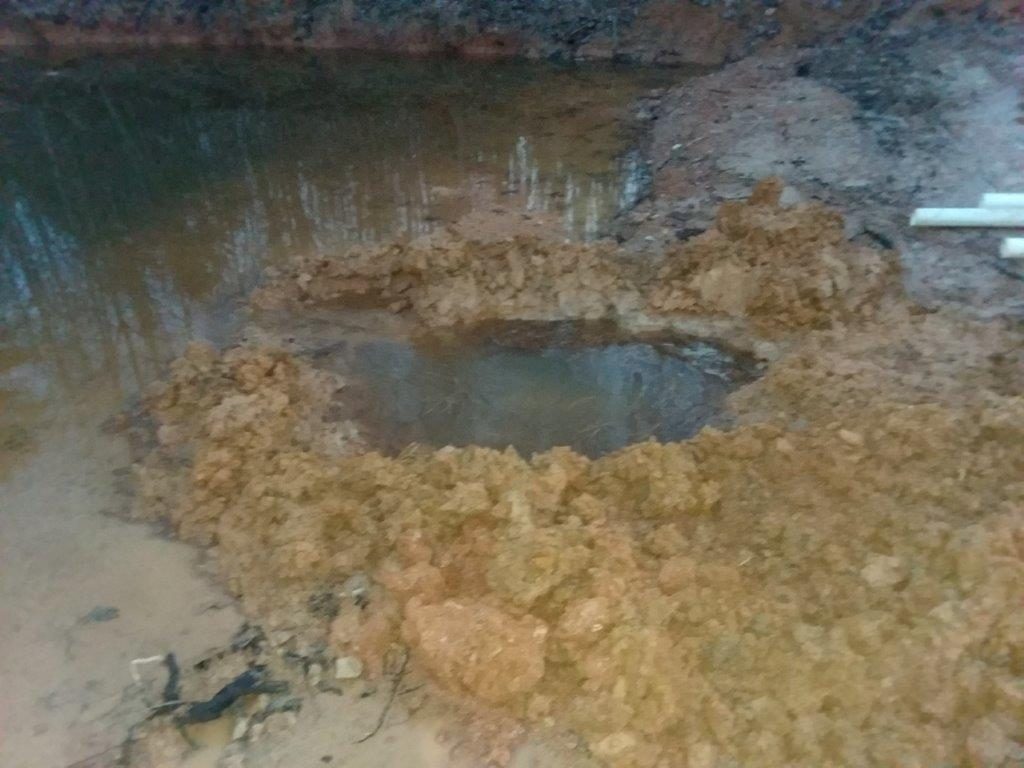
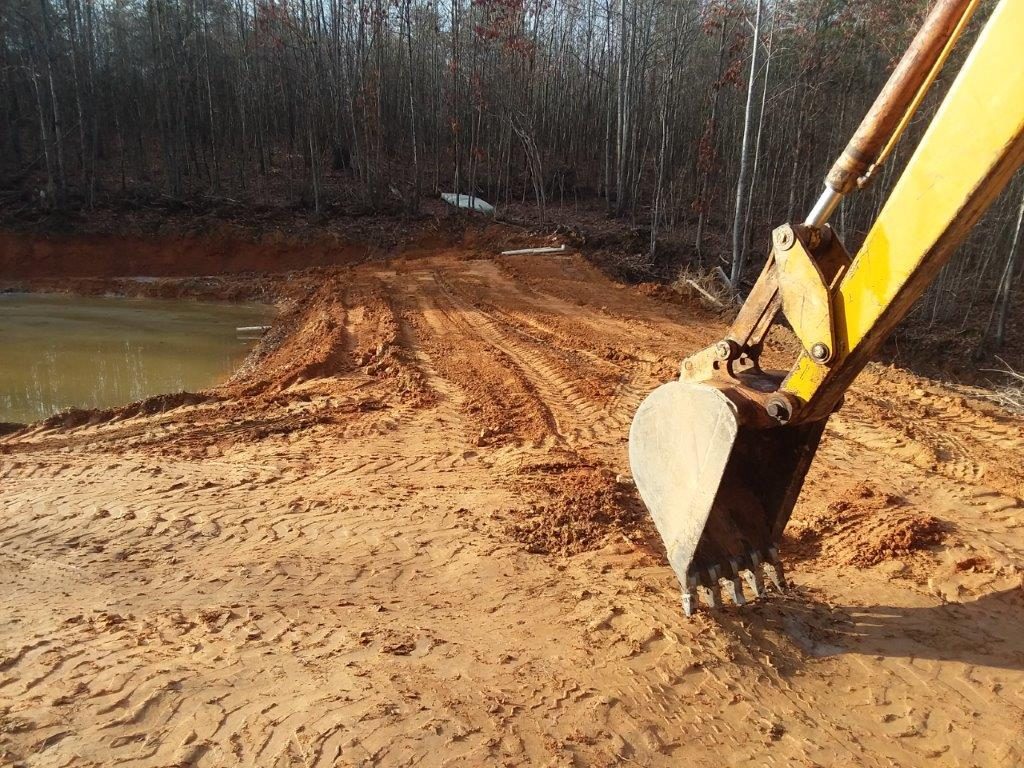
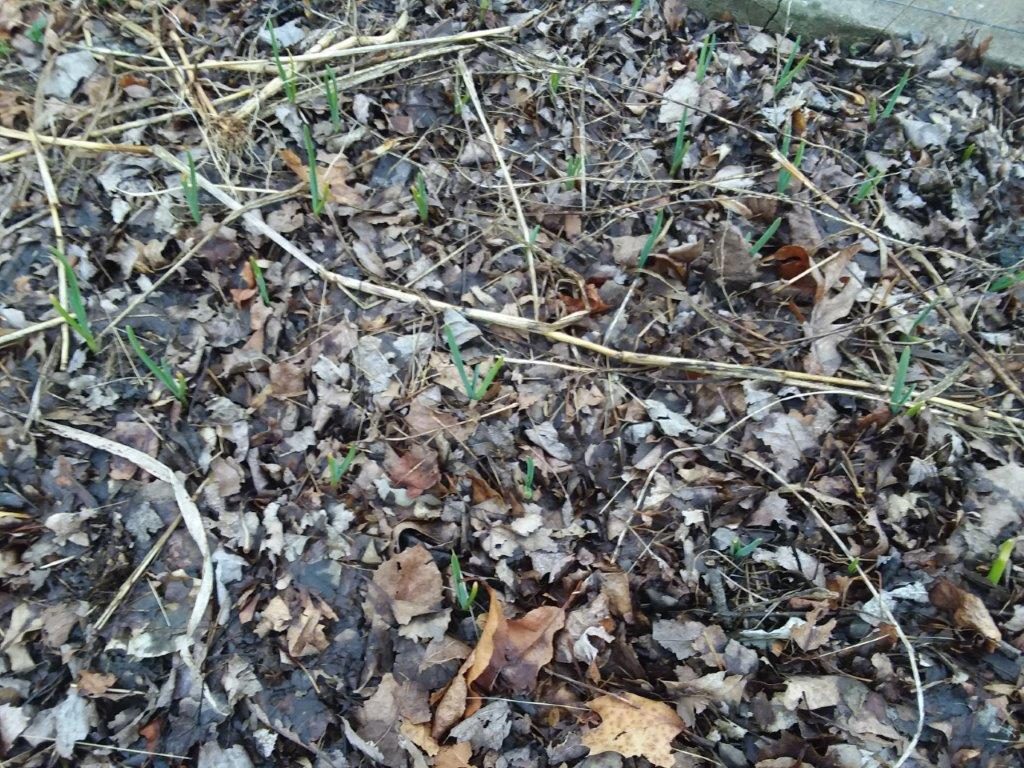
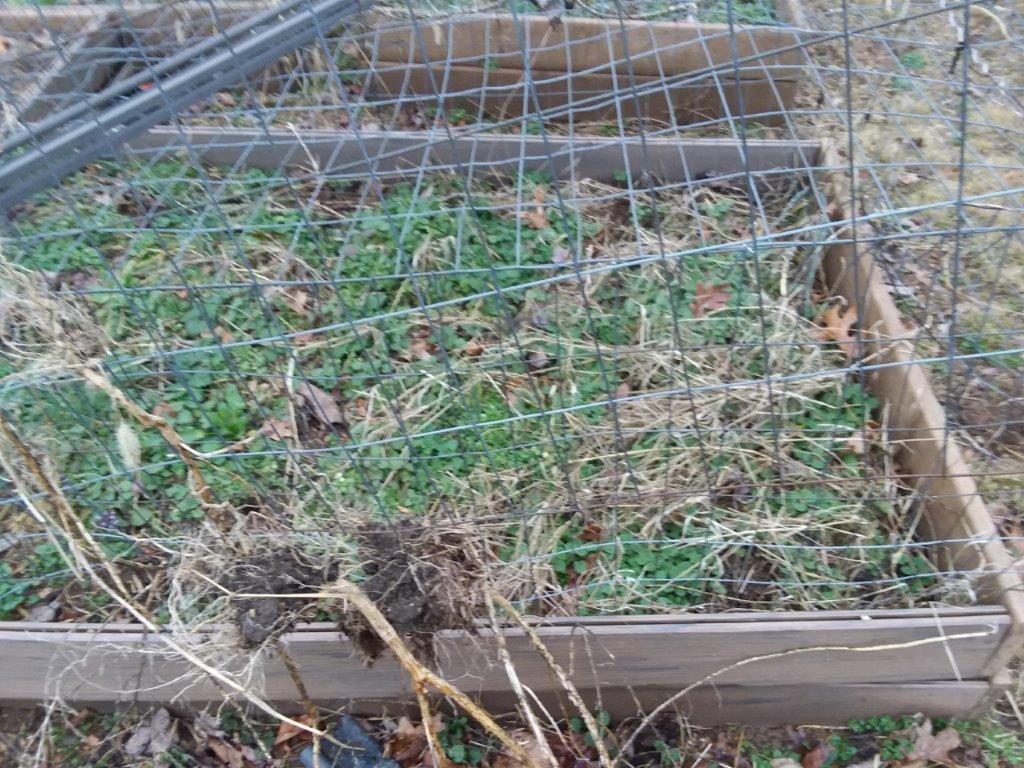
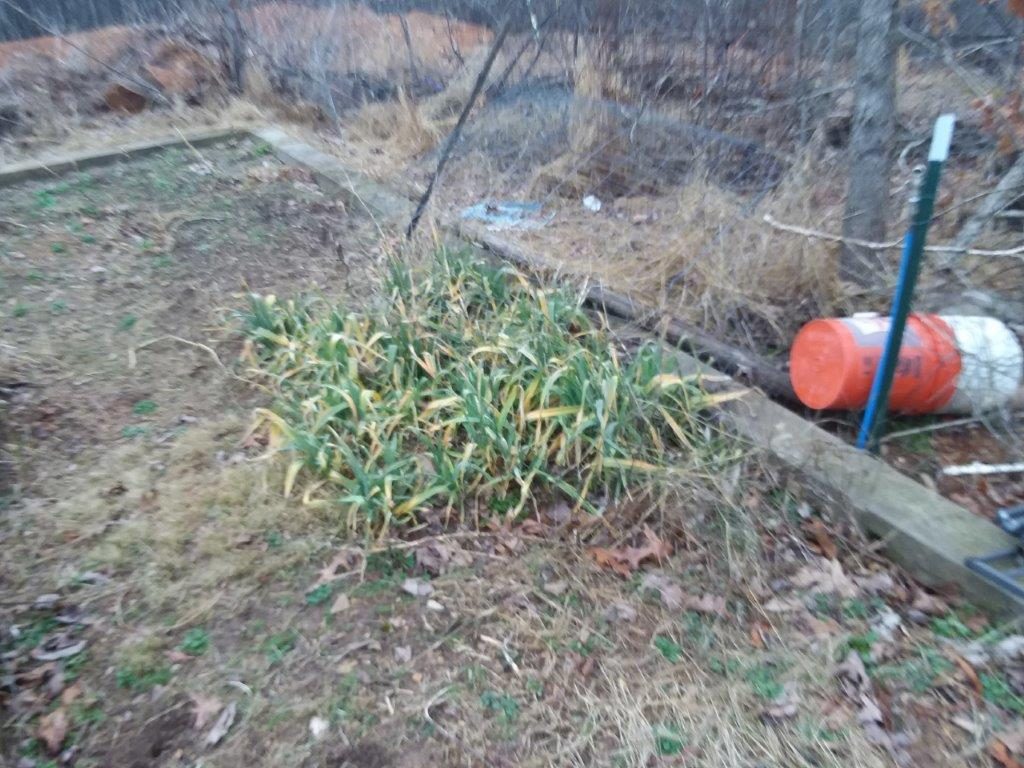
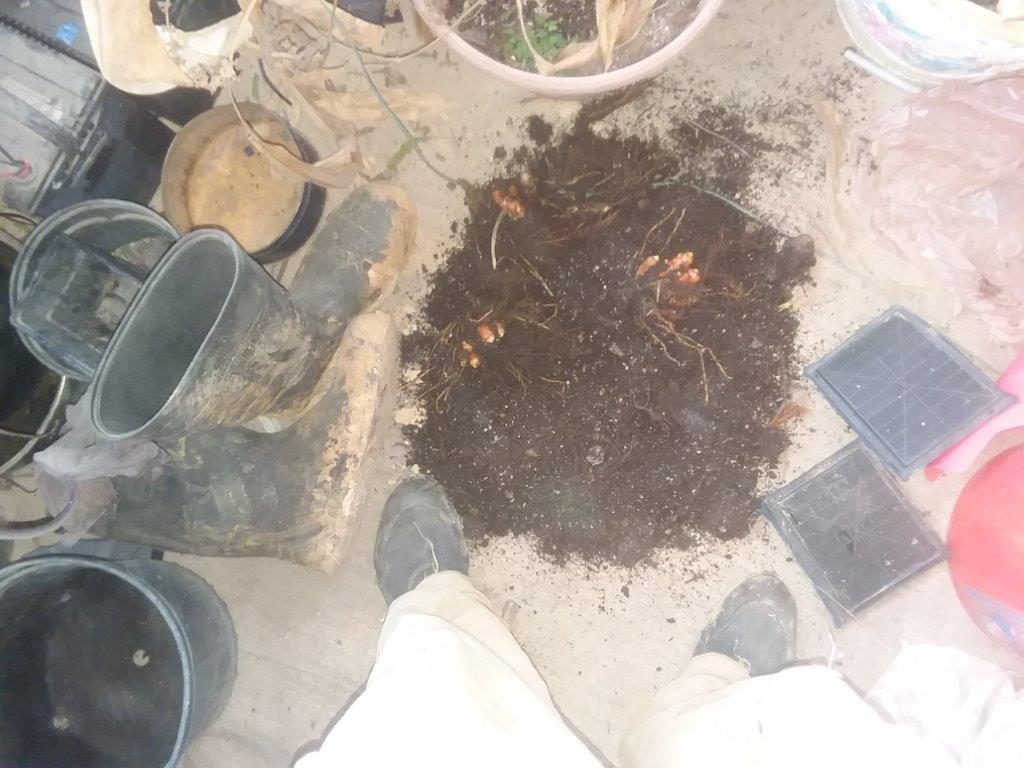
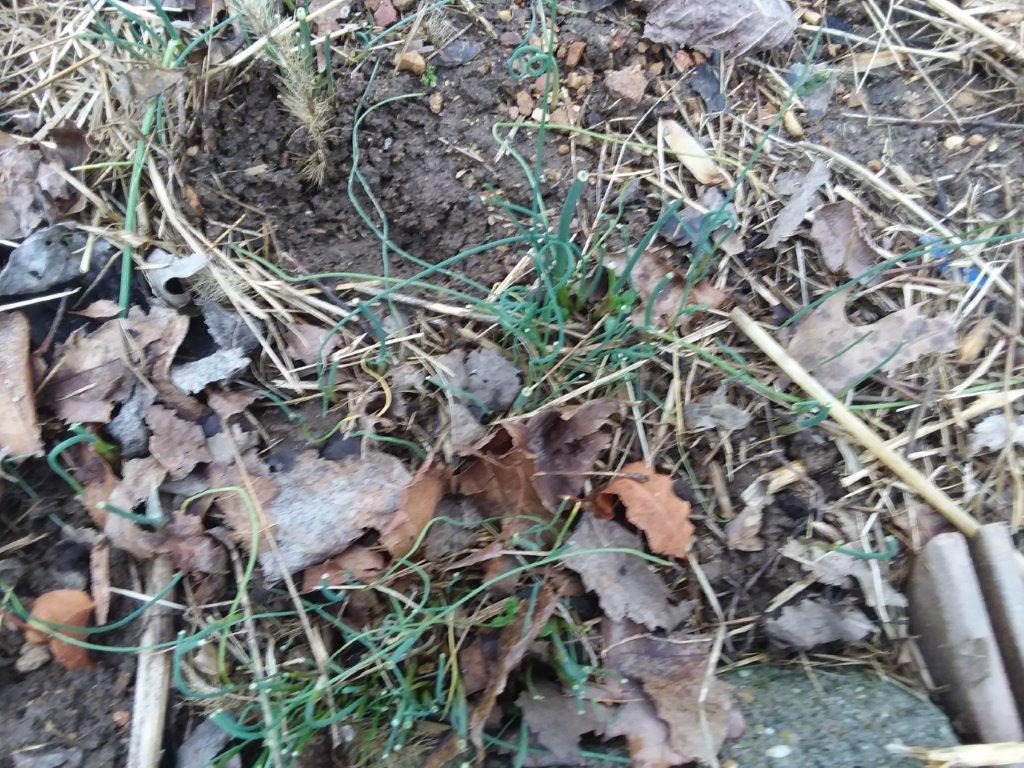
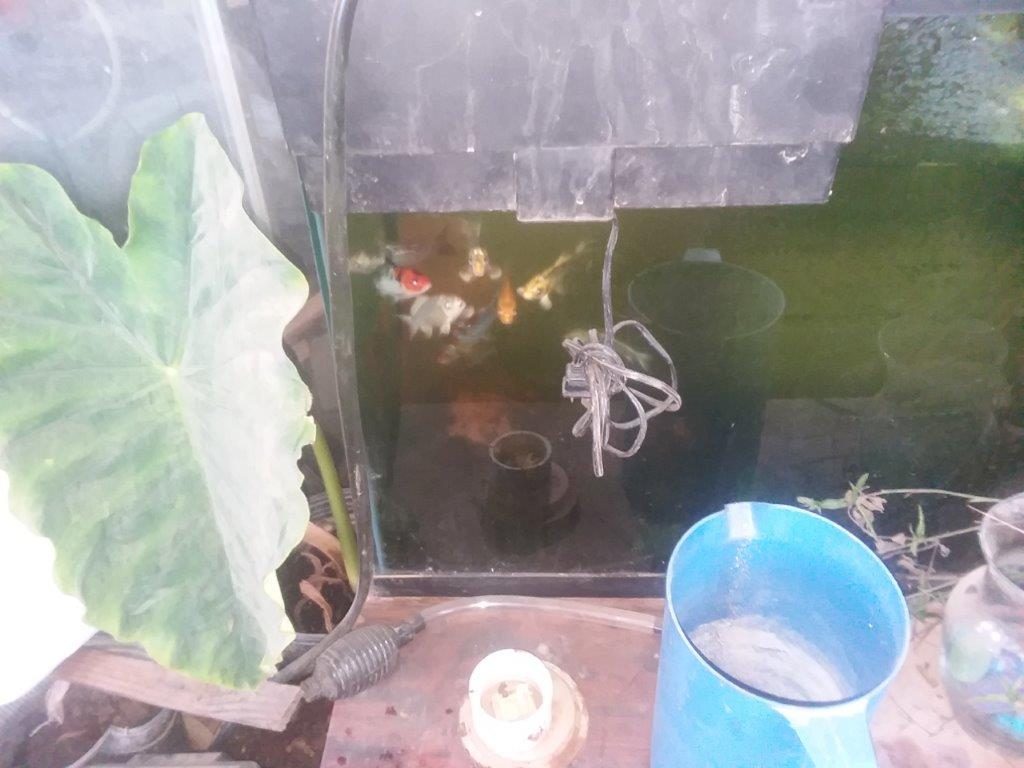
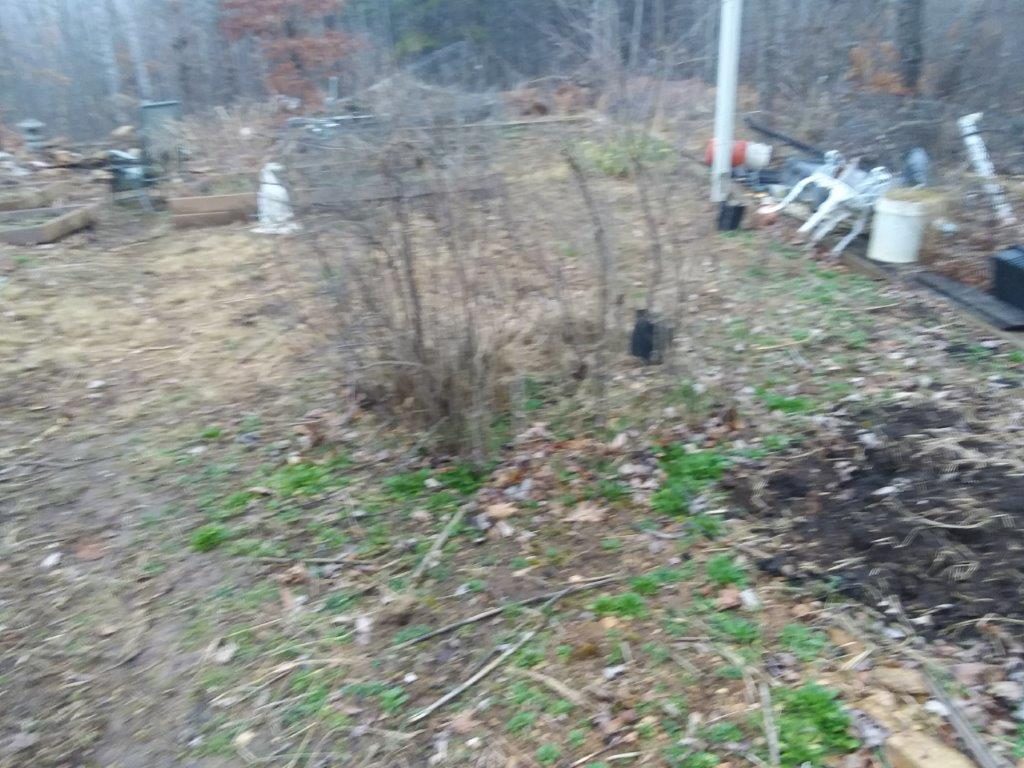
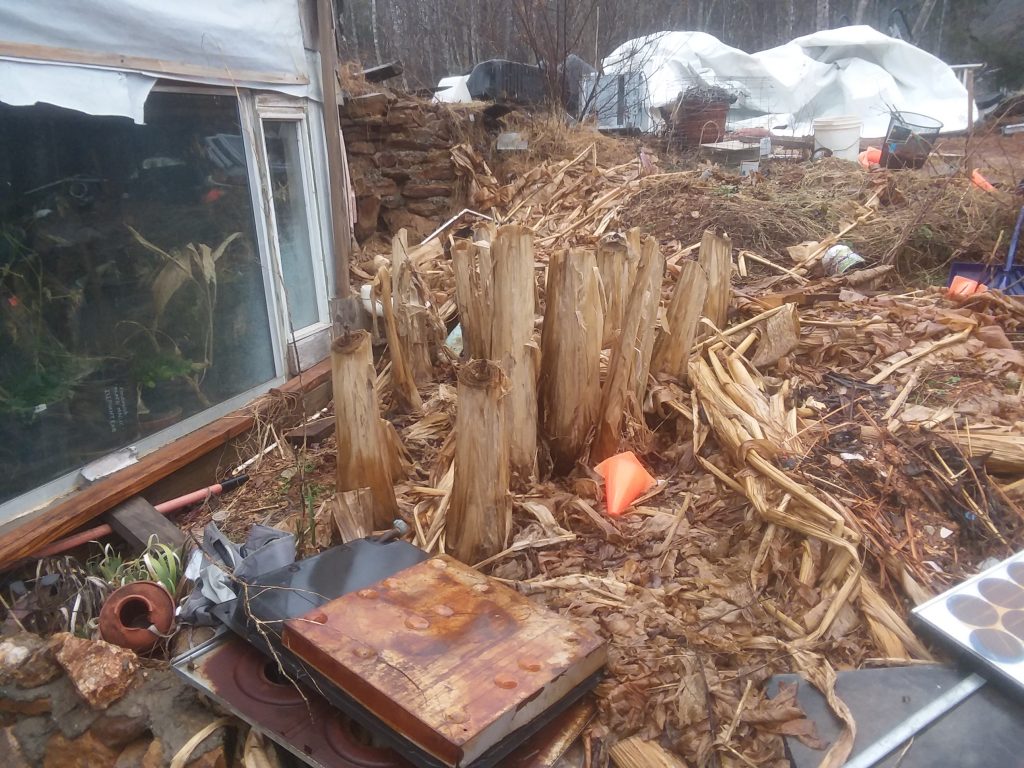
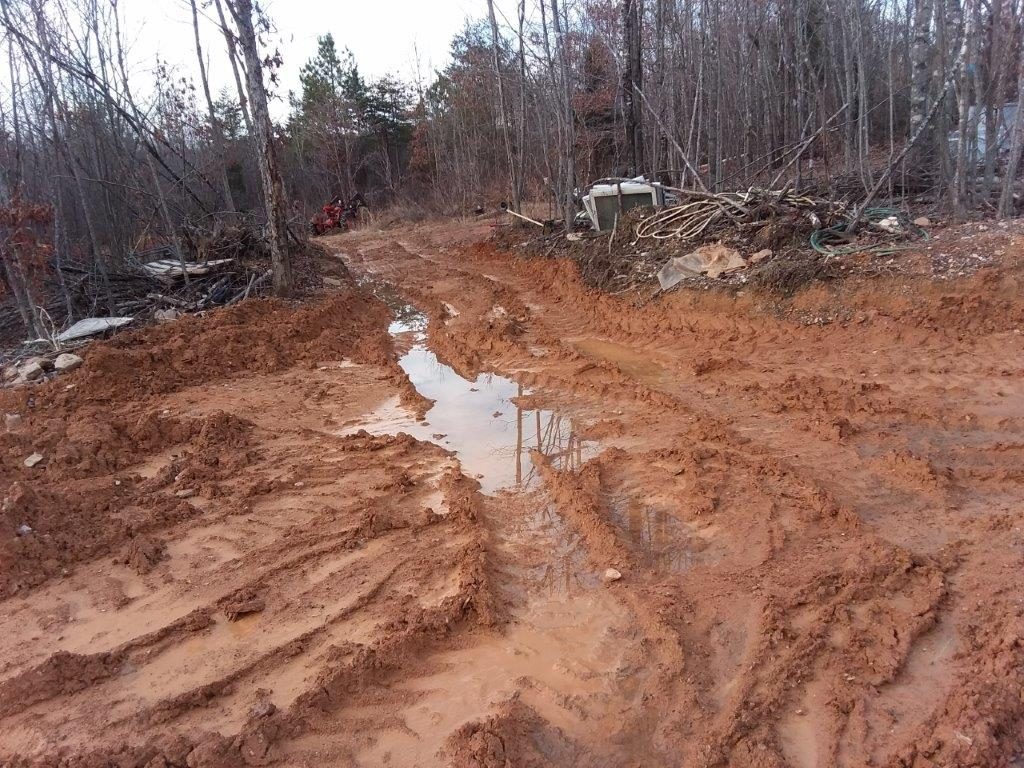
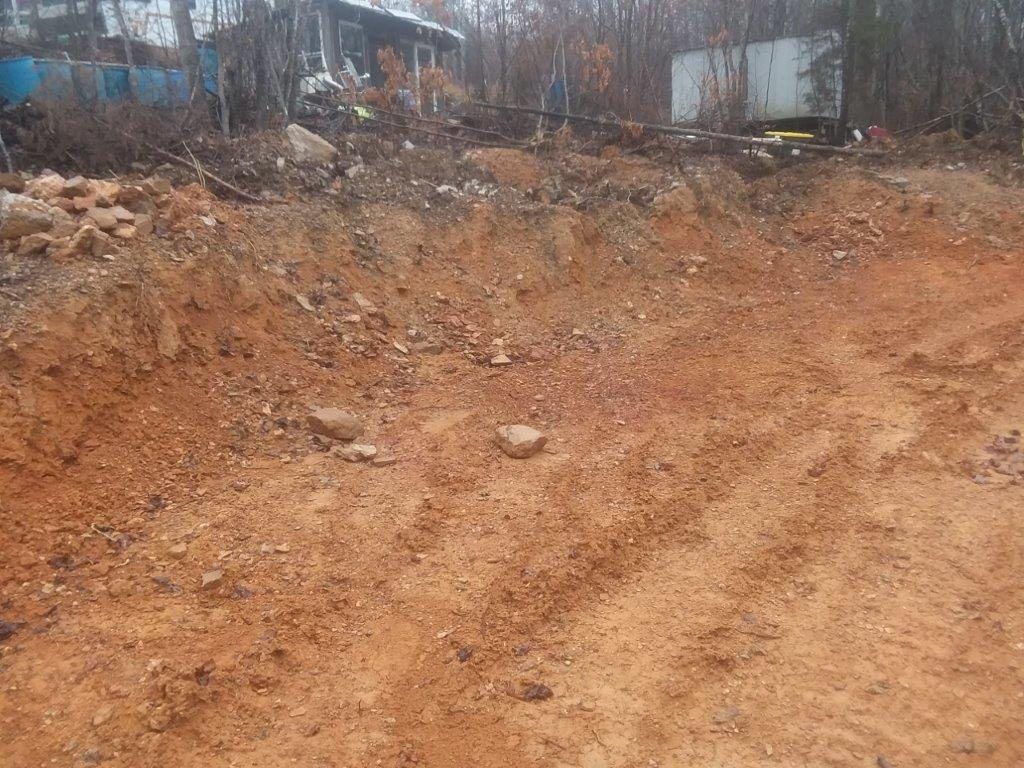
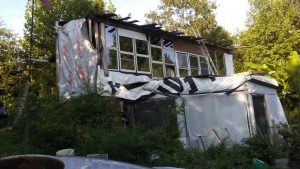
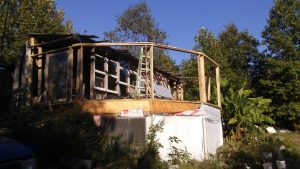
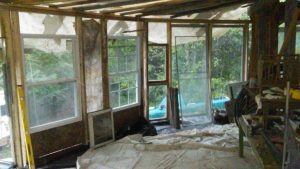
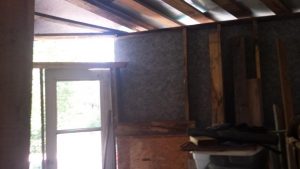
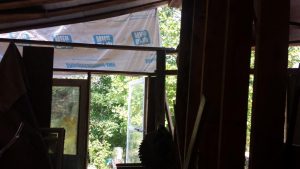
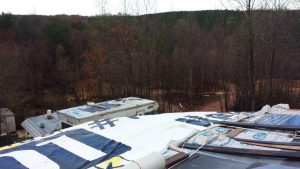
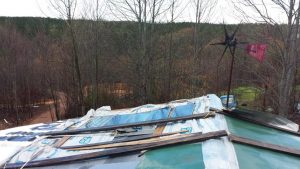
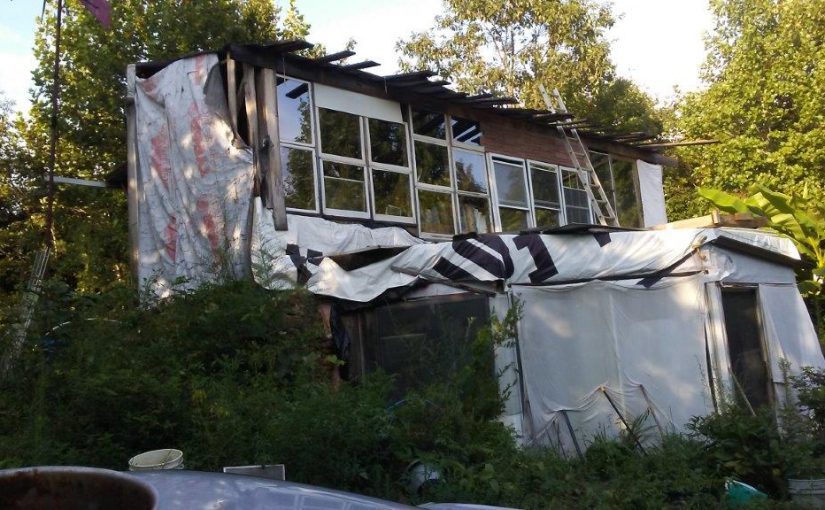
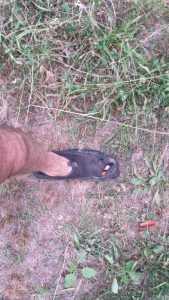

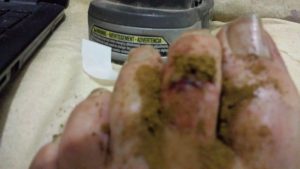 but should be good enough for this cut. As you can see from the pictures it continued to bleed freely after bandaged and inside a sock.
but should be good enough for this cut. As you can see from the pictures it continued to bleed freely after bandaged and inside a sock.  The bleeding actually helps to clean the wound, plus the fact that it was not too deep means an antibiotic like goldenseal is really just a precaution. But should you ever be in a dire situation, the potency of your herbs might make a big difference in how fast you heal. Goldenseal should be golden, not as dark as this, taste should be very bitter.Goldenseal is one of the plants I consider vital to have growing nearby.
The bleeding actually helps to clean the wound, plus the fact that it was not too deep means an antibiotic like goldenseal is really just a precaution. But should you ever be in a dire situation, the potency of your herbs might make a big difference in how fast you heal. Goldenseal should be golden, not as dark as this, taste should be very bitter.Goldenseal is one of the plants I consider vital to have growing nearby. 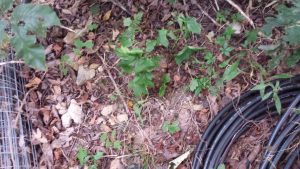 This plant has been tortured by the dry spell and I actually haven’t paid any attention to it all summer, but right after taking this picture I watered it and plan to keep watering it as long as it is this hot. Ordinarily this plant would be in a more deeply wooded area, cooler with more shade so once environments get more stable and heavy machinery has done it’s thing, I’ll go out looking for a more suitable place.
This plant has been tortured by the dry spell and I actually haven’t paid any attention to it all summer, but right after taking this picture I watered it and plan to keep watering it as long as it is this hot. Ordinarily this plant would be in a more deeply wooded area, cooler with more shade so once environments get more stable and heavy machinery has done it’s thing, I’ll go out looking for a more suitable place.